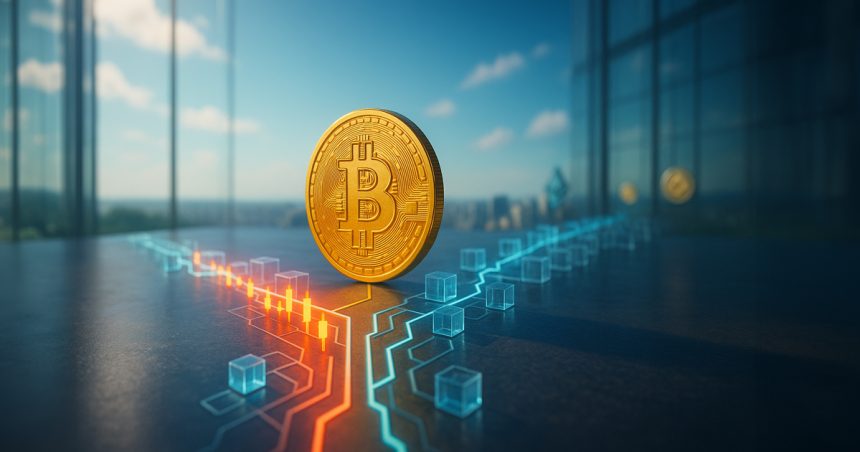
Bitcoin, the world's largest and oldest blockchain, is facing an existential question about how much data it should store on its ledger.
The new proposal, Bitcoin Improvement Proposal 444 (BIP-444), aims to roll back the recent OP_RETURN upgrade that allowed users to attach text, images, and digital signatures to transactions.
Its supporters argue this is a necessary defense against legal exposure. But critics say this is a misguided overreach that could destroy Bitcoin's open spirit.
BIP444
Bitcoin has endured countless ideological battles, from the escalation of wars to environmental issues. However, only a few people are betting on this fundamental.
At the center is Luke Dash Jr., one of Bitcoin's longest-serving developers, who supports BIP-444 and wants to roll back updates to the controversial OP_RETURN function. This feature is part of Bitcoin's scripting language and allows users to attach small amounts of metadata to transactions.
Earlier this month, Bitcoin Core 30.0 expanded its capacity from 80 bytes to 100,000 bytes, effectively turning Bitcoin into a limited-purpose data ledger.
Supporters argued that the changes would enable timestamping, document verification, and decentralized authentication without compromising the financial integrity of flagship digital assets.
However, Dashjr and others felt that this move was dangerous.
They claimed that this update could allow anyone to upload arbitrary files, including CSAM, directly to the blockchain.
They further argued that every full node is required to store all valid transactions, exposing regular users to legal risks just by running Bitcoin validation software.
According to the proposal:
“This allows a malicious actor to mine a single transaction containing illegal or generally abhorrent content and credibly claim that Bitcoin itself is a system for distributing it, rather than simply an exploited system.”
With this in mind, this proposal recommends a one-year temporary soft fork that reduces the size of OP_RETURN to 83 bytes, limits OP_PUSHDATA to 256 bytes, and limits ScriptPubKeys to 34 bytes.
The proposal added:
“By enforcing these new rules, this soft fork allows the community to reject standardization of data storage at a consensus level, closing the gap that is being exploited.”
They argued that the patch would give developers time to “refine less restrictive rules” while preserving Bitcoin's legal neutrality.
ideological divide
Unlike hard forks, soft forks do not split the chain immediately. Instead, simply change the rules so that old nodes continue to accept new blocks as valid. This technical delicacy makes BIP-444 highly flammable as it reaches an agreement without causing a complete split.
However, the language contained in the proposal has caused significant alarm within the cryptocurrency community.
The document warns that rejecting a fork could have “moral and legal consequences” and could lead opponents to “fork to altcoins like Bcash.”
Critics called the language coercive and even authoritarian in a network that prides itself on voluntary agreements.
Canadian cryptologist Peter Todd mocked the logic of the proposal by publishing a test transaction that embedded the full text of BIP-444 while adhering to BIP-444's restrictions.
Others, on the other hand, were less diplomatic about their criticism of the proposal.
Alex Thorne, head of research at Galaxy Digital, called the soft fork an “attack on Bitcoin” and “incredibly stupid.”
At the same time, BitMEX Research echoed that sentiment, warning that BIP-444 could encourage the kinds of abuses it seeks to prevent. The company writes:
“The proposal in BIP 444 is incredibly malicious. A malicious attacker who wants to perform a double-spend attack could place CSAM on-chain and cause a reorganization to successfully execute the attack.”
However, Dashjr rejects these criticisms and insists there are “no technical objections” to the proposal.
He also described the proposal as a user-initiated soft fork (UASF), meaning it would be adopted by users rather than miners, allaying tensions over hard forks. The developer added:
“The only way the chain will split is if miners actively defend CSAM, which creates a CSAM chain.”
How will this affect Bitcoin?
The v30 update has not seen significant adoption since its launch, so the practical risks of this proposal versus competing OP_RETURN upgrades remain uncertain.
According to Bitnodes data, only 6.5% of nodes have upgraded to version 30.0 since launch, suggesting that most operators are watching the drama unfold from a safe distance.
This month's technical tensions have had little impact on Bitcoin prices. In early October, the flagship asset rose to an all-time high of more than $126,000. Since then, its value has fallen to $104,000 and recovered to about $116,000 at the time of writing.
This decline can be primarily attributed to broader macroeconomic pressures stemming from the flare-up of trade tensions between the US and China.
But the philosophical tensions are even harder to ignore. Bitcoin's legitimacy is based on its neutrality, which allows anyone to use Bitcoin for lawful purposes without permission.
However, as blockchain data becomes more expressive, its neutrality is becoming more and more ambiguous. If a node operator could be prosecuted for a single transaction, decentralization could collapse overnight.
Additionally, BIP-444 could be the first significant consensus level change for Bitcoin since Taproot in 2021.
So whether it passes or not, this debate signals that the dilemma for Bitcoin governance is maturing. This highlights the struggle to balance immutability and accountability in an era when blockchain is increasingly used as a persistent data store.

